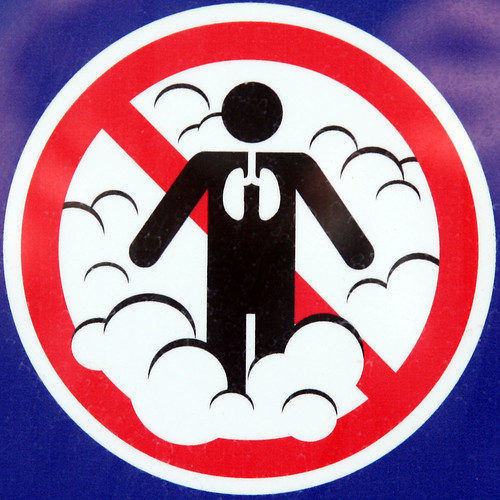1,4-Dichlorobenzene (Mothballs) - Kate Plechkova
“The Anti-Mothasaur”
 |
| 1 |
This white, toxic sphere-shaped creation called a mothball acts like an insect
eliminator (pesticide) by killing any mildew, moths and their larvae in the
long-kept clothing of wardrobes everywhere. It does so by going “extinct” into
the air through the process called sublimation, when a solid substance undergoes
a change in its physical composition to become a gas. The scientific name for
the substance that today’s mothballs are made of is 1,4-dichlorobenzene. Long ago before modern mothballs, the chemical
that was used instead was camphor and naphthalene. Because of their high risk
to being flammable, this safer substance was invented. Although they may be
safe to use in small amounts, the collective effect that it has over a long
time is negative on health. When a person, especially a child, is exposed to
mothballs over many months, even weeks, many immediate reactions can happen to
their body. The most common short-term health impact is the reddening of skin
and irritation of lungs. However, if a person is kept in such an environment
over a long time, even some of their
organs like kidneys, lungs or liver can begin to function improperly. Even
more, their immune system can decrease and a risk for developing asthma can
occur. Therefore, some of the best alternatives to mothballs can be used from
natural sources, such as rosemary, thyme, ginseng, cloves, cedar, lavender or
citronella. Just tie them up in a cotton cloth, hang them in your closet, and
you’re good to go!
 |
| 2 |
1) “Mothballs A.K.A. Poison” http://www.flickr.com/photos/16854488@N07/2922580865/in/photolist-5sfZtg
2) “Do Not Breathe
Mothballs” Sign - http://www.flickr.com/photos/lwr/146786168/




No comments:
Post a Comment